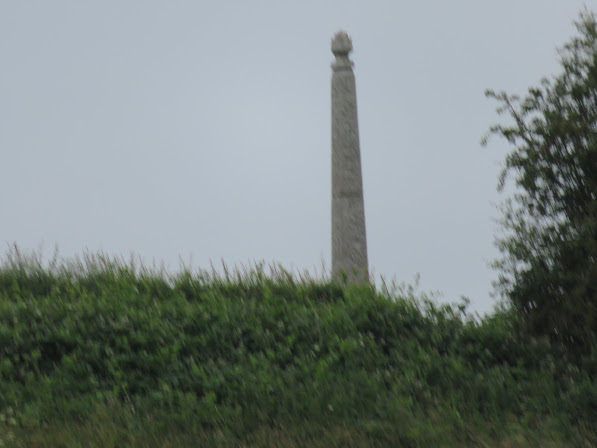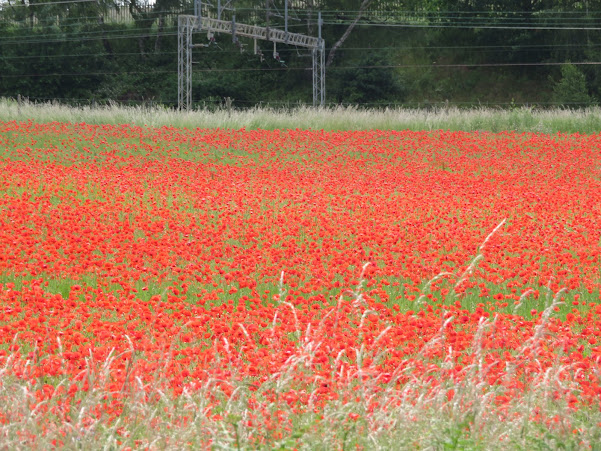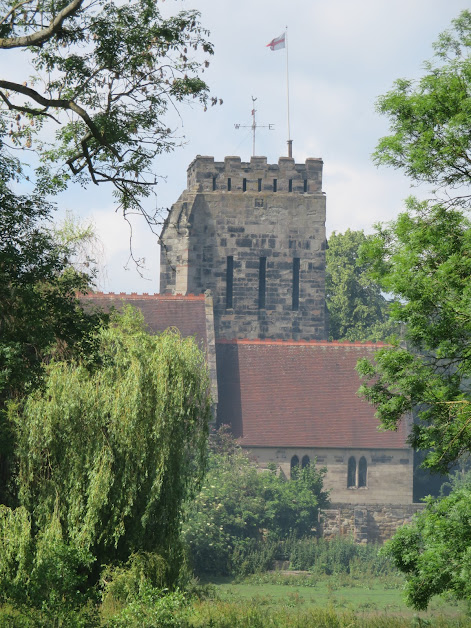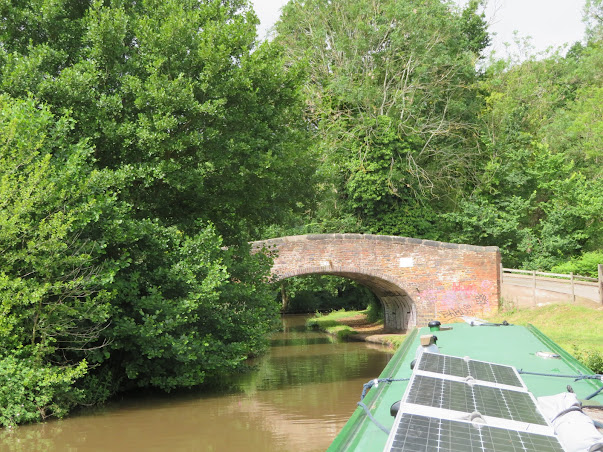All the exercise down the Atherstone and a very quiet mooring meant that I didn't wake up until 0800. We were still away by 1000 though.
Just a little further on from our mooring is the little sign that announces the past presence of the Lees and Atkins boat yard from 1912 to 1957. It seems that the yard was set up by the Sephton Family. Francis started a boat building business at Hawkesbury Junction. He had 5 sons and 6 daughters, and one of the lads Frank, started up the yard here in Polesworth. It seems he later went back to Sutton Stop and the business was taken over by W.H. Basset Green whose Mum had a general store near the canal, close to what is now called Basset's Bridge. He left to go into quarrying and did very well. It was this man that presented the statue of Lady Godiva to Coventry. I don't think it is the current one through. The yard was then taken over by Henry Lees Atkins. They were well known for their work and their style of boat painting roses and castles.
There weren't many boats really in Polesworth as they had already gone. The trees make this a quite closed in mooring for us.
Above the canal is another obelisk. This one was paid for by the men and villagers of Polley Hall Colliery to crememorate the 32 men lost in WWI. It states;
This pillar of remembrance is erected by the work people and owners of he Pooley Hall Colliery to the undying memory of those from this mine who answered the nations call and fell in the great war 1914 - 1919.
Pooley Hall was erected in 1509. It was close to the hall itself that the first shaft was dug in 1849, and the first coal extracted in 1850. In 1897 the Pooley Hall Colliery Co. was started and large scale production started. This pit ammalgamated with nearby Tamworth and Amington pits to form the North Warwickshire Colliery in 1951. Pooley Hall closed in 1965, and the site is now a country park. Parts of the hall had to be demolished due to subsidence but it is in private hands again and Edwin Starr once lived there, the soul and Motown singer.
There was a a wharf for loading into boats as well as several sidings for the railway.
I'm not sure if I am alone in this, but to me this year seems to be a real bumper one for the trees and shrubs along the canal. We have noticed that many things we saw in previous years are now hidden by foliage. Obviously tree and shrubs grow, but it seems they have really shot up this year. Maybe it is another effect of global warming as they will really like the excess CO2 in the atmosphere. You can barely see the ruins of the Alvecote Priory now.
There is always something to see when passing Alvecote and the basin.
Despite the tree growth I spied this substantial brick wall. It looked like a station platform so when I had a chance I had a look at old maps to see if I was right. Needless to say I wasn't! It was an old canal basin!!
I have just realised that in my blog of 18th June I have put this picture of the basin in 1882, but called it the one that is much nearer the Samuel Barlow pub and the marina. That one is bigger and more square, and doesn't have the railway bridge next to it. The track went to the Amington and Glascote Collieries and there is still evidence of it today.
There is a lot of house building going on a little further on. I think this was a golf course at one time, following mining etc. I'm not sure if the mix of houses is what is needed as these look far too big for most people, certainly the younger and older members of society.
This is the sight of our collisionon the way up. I hadn't realised it was the gnome garden house. I can also confirm that the view through the bridge goes for quite a way so there was no excuse for not seeing me.
We moored up before bridge 73, just a little past the old Samuel Barlow Yard. We then walked in to Tamworth to get some steps in. The walk is quite pleasant as it passes through gardens by the River Anker and away from the ring roads etc.
When I first saw this new pub I thought that it was an old cinema. The Art Deco building is like many old picture house you see converted. In fact it was built as the local Electicity Board.s showroom and officers. It later became a Weatherspoon's called the Silk Kite after Benjamin Franklin's experiments with lightening and electricity. The name Lighthouse was chosen in a competition. You can't even see it from the canal?
I was taken by this obviously nautically themed monument. It is dedicated to AB Colin Grazier RN. He was aboard HMS Petard, a destroyer that attacked a U Boat and having abandoned the submarine he, a Lieutenant and a NAAFI assistant, all part of the boarding party, swam to the sub and managed to get aboard and searched the boat for interesting articles. They managed to recover code books for the Enigma Machine. These were passed to the NAAFI assistant as the sub was going down. He was the only one saved. The codes allowed the Enigma codes to be broken and probably shortened the war by around 1 a year, saving countless lives. They were awarded the George Cross. Secrecy meant that even Colin's parents didn't know about the significance of the act until a local journalist and author galvanised the public and had the art work raised in his honour.
We called in to the Tamworth Brewing Company Tap, curiously they had none of their own beer on sale. We also went to a local micro pub called the King's Ditch, before walking back to the boat, and tea.
























































